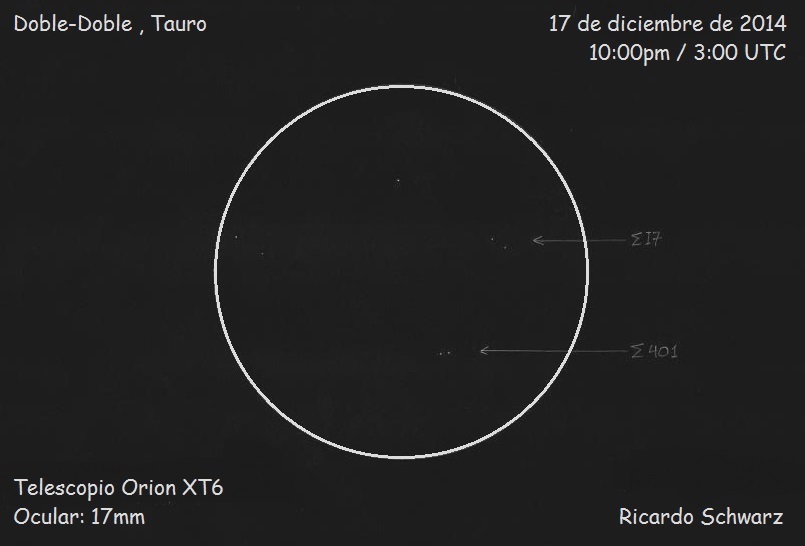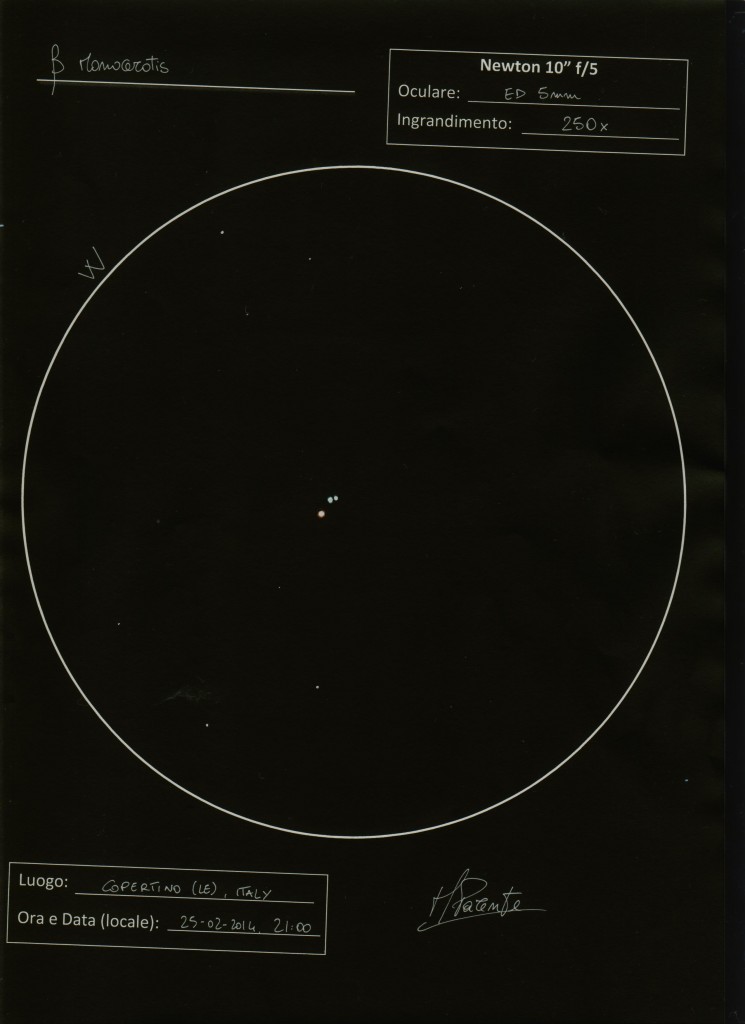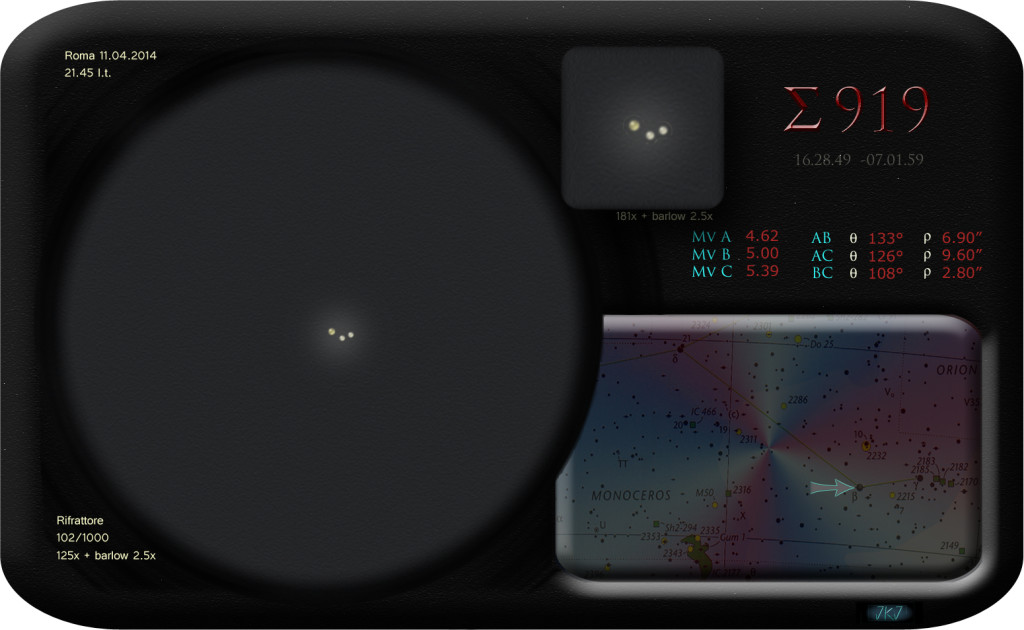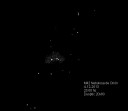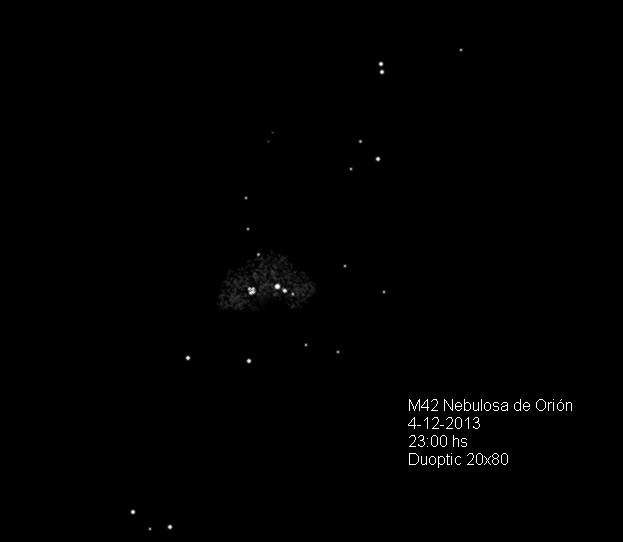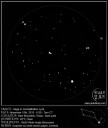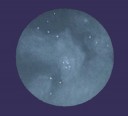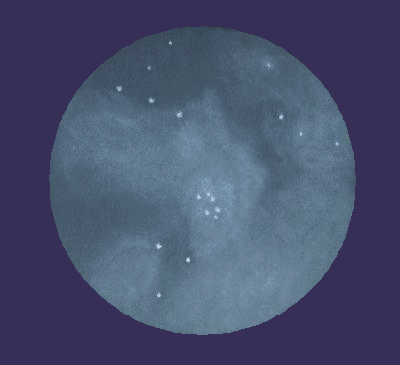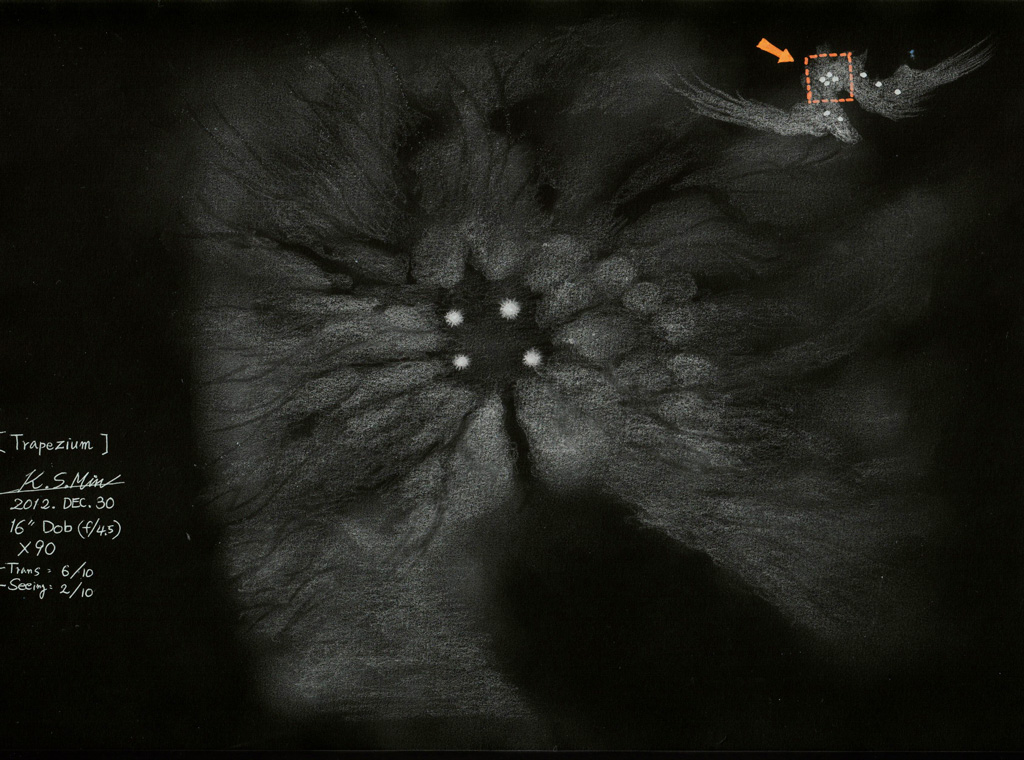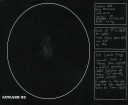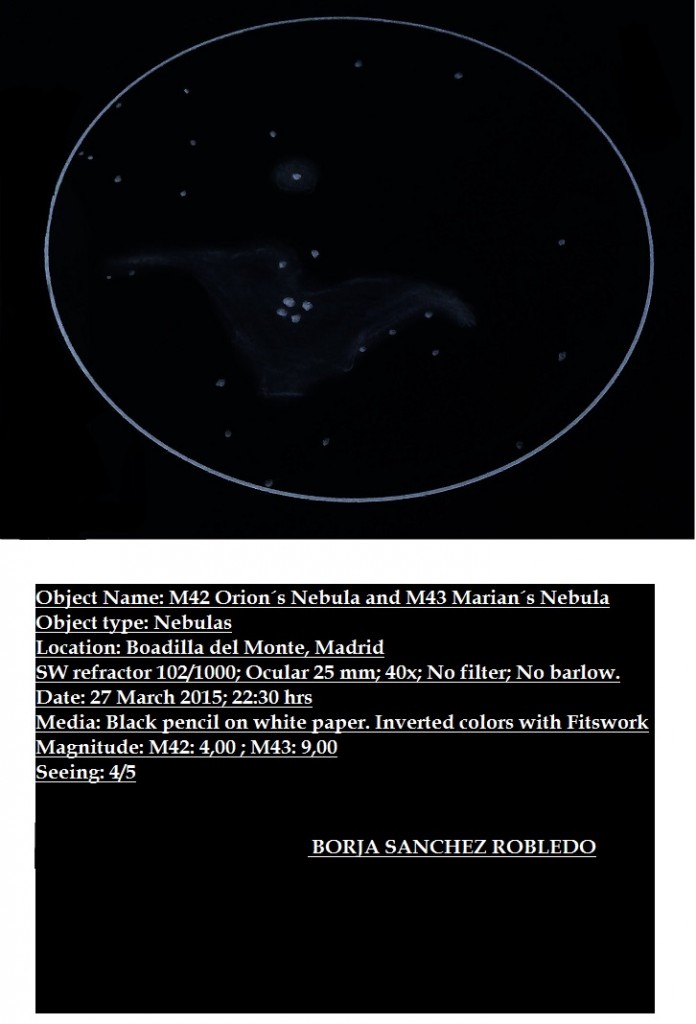
Object Name: M42 Orion´s Nebula and M43 Marian´s Nebula
Object Type: Nebulas
Location: Boadilla del Monte, Madrid. Polluted suburban skies.
SW refractor 102/1000; Ocular 25mm; 40x; No filter; No barlow.
Date: 27 March 2015; 22:30 hrs
Media: Black pencil on White paper. Inverted colors with Fitswork.
Magnitude: M42: 4,00 ; M43: 9,00
Seeing: 4/5
Thank´s a lot,
BORJA SANCHEZ ROBLEDO


